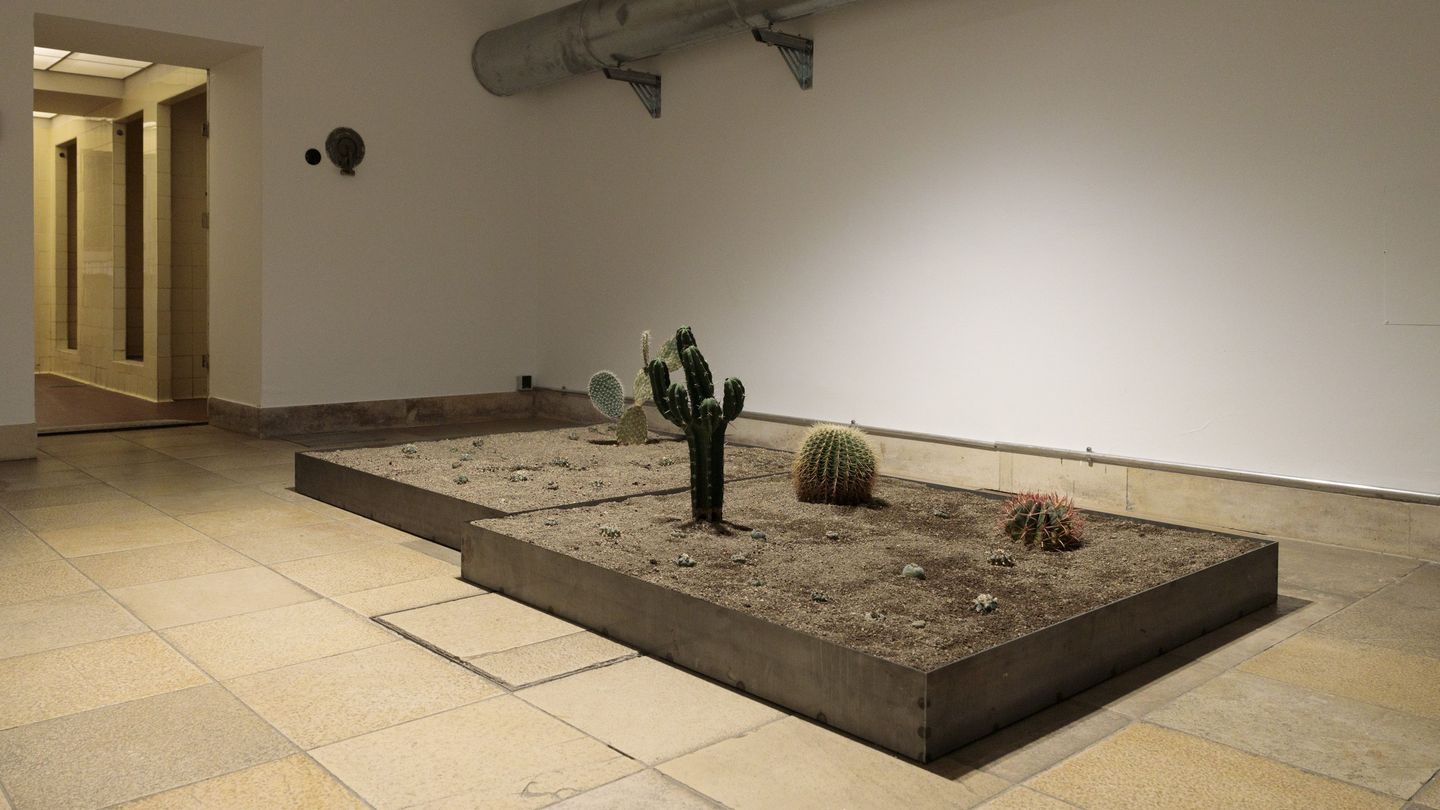Cyrill Lachauer digital
Unfortunately the Sammlung Goetz exhibition Cyrill Lachauer. I Am Not Sea, I Am Not Land on view in Haus der Kunst is temporarily closed. An online presentation of select videos and installations from the show, however, can be viewed on our website until the time Haus der Kunst reopens. The works provide insight into the artist’s thoughts and artistic approach.
#sammlunggoetzdigital

